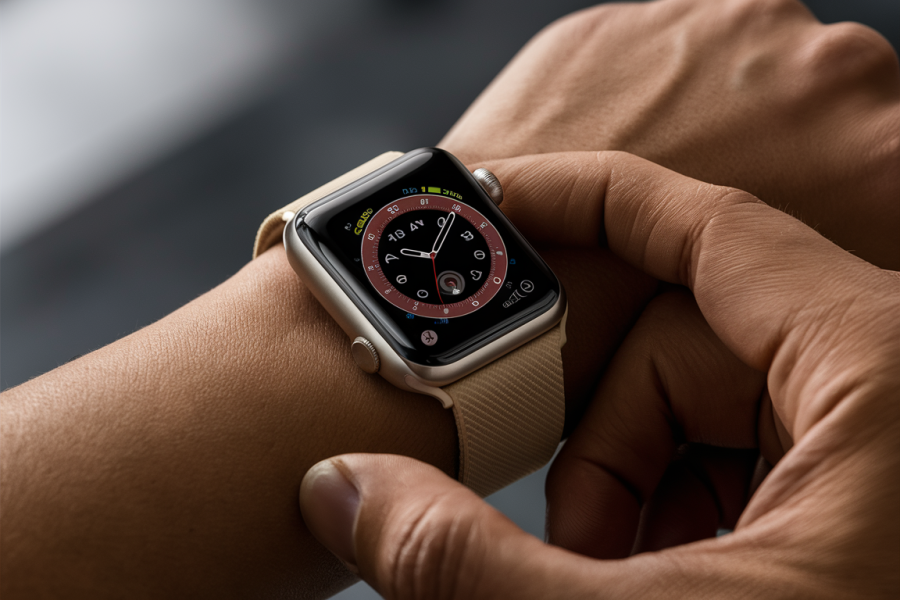When it comes to improving diversity in computer science programs at the university level, private liberal arts college Harvey Mudd College is leading the charge.
After successful initiatives boosted the number of women in its undergraduate computer science programs, the college is joining with the nonprofit Anita Borg Institute to expand its strategy to 15 universities around the U.S. and to track how well different tactics work out in the classroom.
The initiative—called Building Recruiting And Inclusion for Diversity (BRAID)— will work to increase the percentage of women and people of color in undergraduate computer science programs. Hillary Clinton was on hand to announce the initiative on Wednesday as part of a Clinton Global Initiative that supports programs for women and girls.
The group of 15 universities will receive $30,000 a year for three years to implement programs similar to the one that helped Harvey Mudd achieve 40% female enrollment in computer science classrooms. Facebook, Google, Intel and Microsoft have committed to funding the program.
Last month, I spoke with Colleen Lewis, an assistant professor of computer science at Harvey Mudd. She told me that efforts such as breaking up introduction to computer science courses into three different levels helped draw in more underrepresented students, many of whom didn’t enter college with a lot of coding experience.
Participating universities will experiment with those and similar efforts, such as expanding outreach to high school teachers and students and developing joint majors between computer science and other programs like biology or engineering.
Measuring The Success
Over the course of three years, computer science departments will conduct research to study how effective these programs are in order to come up with a set of best practices for further expansion. Linda Sax, an education professor at UCLA, is leading the research.
“I would hope that, based on the research, we identity best practices in teaching, course structure, sequencing of computer science classes, and creating a community environment,” Sax told me in an interview. “Across these areas we’re hoping to identify what seems to be more effective.”
Sax will evaluate the university initiatives by interviewing students and faculty and measuring the changes in the classroom makeup.
Questions might be: What are the teaching practices? What are the evaulation practices? How much interaction do students have with teaching assistants? Do the classes impact the students’ goals of pursuing computer science? How do these self-perceptions or self-confidence change?
Participating colleges include:
- Arizona State University
- Missouri University of Science & Technology
- New Jersey Institute of Technology
- University of California – Irvine
- University of Illinois – Chicago
- University of Maryland – Baltimore County
- University of Maryland – College Park
- University of Nebraska
- University of North Texas
- University of Rochester
- University of South Carolina
- University of Texas – El Paso
- University of Vermont
- University of Wisconsin – Milwaukee
-
Villanova University
Over the course of three years, BRAID researchers will take a look at feedback from interviews with students and faculty, as well as diversity data in the classroom, in order to devise a plan for other universities that want to expand participation in their computer science departments as well.
For now, the funding only covers three years of research. If the program finds more funding, though, BRAID could eventually track computer science students throughout their careers to determine what impact the college experience had on their careers in technology.
Lead photo by Todd Kulesza










